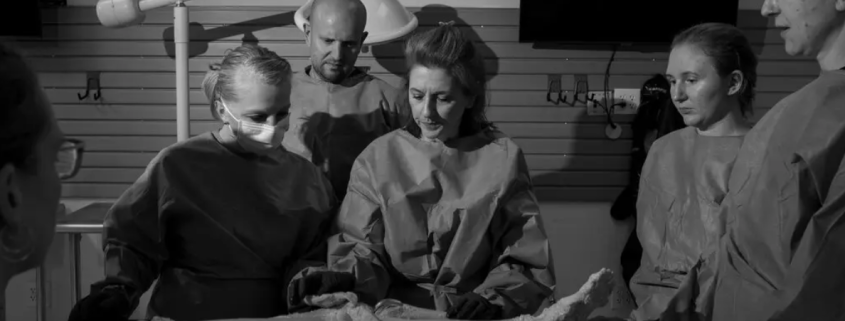
Six months ago, I was limbering up at my local Pilates studio when a conversation with my instructor stopped me midstretch.
At the time, I was researching for an article about fascia — the network of connective tissue that runs throughout the body and is key to athletic performance — and I thought my teacher, Kim Villanueva, a veteran of the New York Pilates world, might be interested in hearing what I had learned. So I started idly chit-chatting about fascia while doing leg circles on a Reformer machine.
Her face lit up. She was very interested in fascia, she told me — so much so that she’d spent a week studying the tissue up close at a cadaver dissection workshop in Colorado Springs.
Cue the proverbial record scratch.
For the rest of my session, my mind wasn’t too in tune with my body — it was doing back flips over what Ms. Villanueva had shared. What part of her Pilates training had granted her access to a cadaver lab? Where did the body she dissected come from? And how did she apply what she had learned?
I’d reported in the past about how fitness professionals’ training and knowledge can vary, but this was a level of continuing education I hadn’t thought possible for those outside of the medical field…
As I went further down the rabbit hole, I interviewed the organizers of several popular dissection courses and more than a dozen alumni of these programs. They all said a version of the same thing: You can’t fully appreciate the value of dissecting a human body until you do it.
My editor and I agreed that to truly understand my subject, I would have to see what they were talking about.
I researched upcoming dissection courses and arranged to attend the soonest available, at a lab called Experience Anatomy in Charlotte, N.C., last October…


